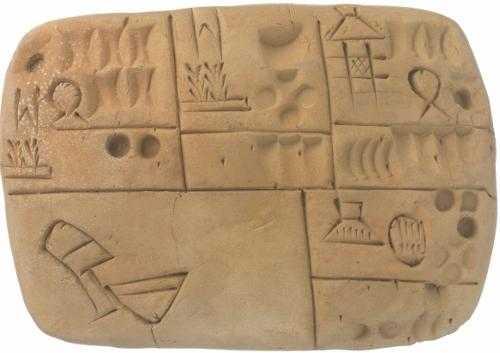The First Writing System
Uruk was the world’s first large city and completely changed humanity’s ability to store, exchange and replicate information by creating the first writing system in 3200 BCE.
The invention of writing made the unreliable and fallible human memory obsolete and revolutionized how we process information. The earlier form of dictating information orally from generation to generation quickly became a thing of the past.
303
2.71K reads
The idea is part of this collection:
Learn more about writing with this collection
The historical significance of urban centers
The impact of cultural and technological advances
The role of urban centers in shaping society
Related collections
Similar ideas to The First Writing System
History of writing: Some of the first tools
Some of the first tools for writing were the hunting club and the sharpened stone. Cave dwellers scratched pictures onto the walls of cave dwellings. It represented daily events such as planting crops or hunting victories.
With time, systematised symbols were developed fro...
Read & Learn
20x Faster
without
deepstash
with
deepstash
with
deepstash
Personalized microlearning
—
100+ Learning Journeys
—
Access to 200,000+ ideas
—
Access to the mobile app
—
Unlimited idea saving
—
—
Unlimited history
—
—
Unlimited listening to ideas
—
—
Downloading & offline access
—
—
Supercharge your mind with one idea per day
Enter your email and spend 1 minute every day to learn something new.
I agree to receive email updates

